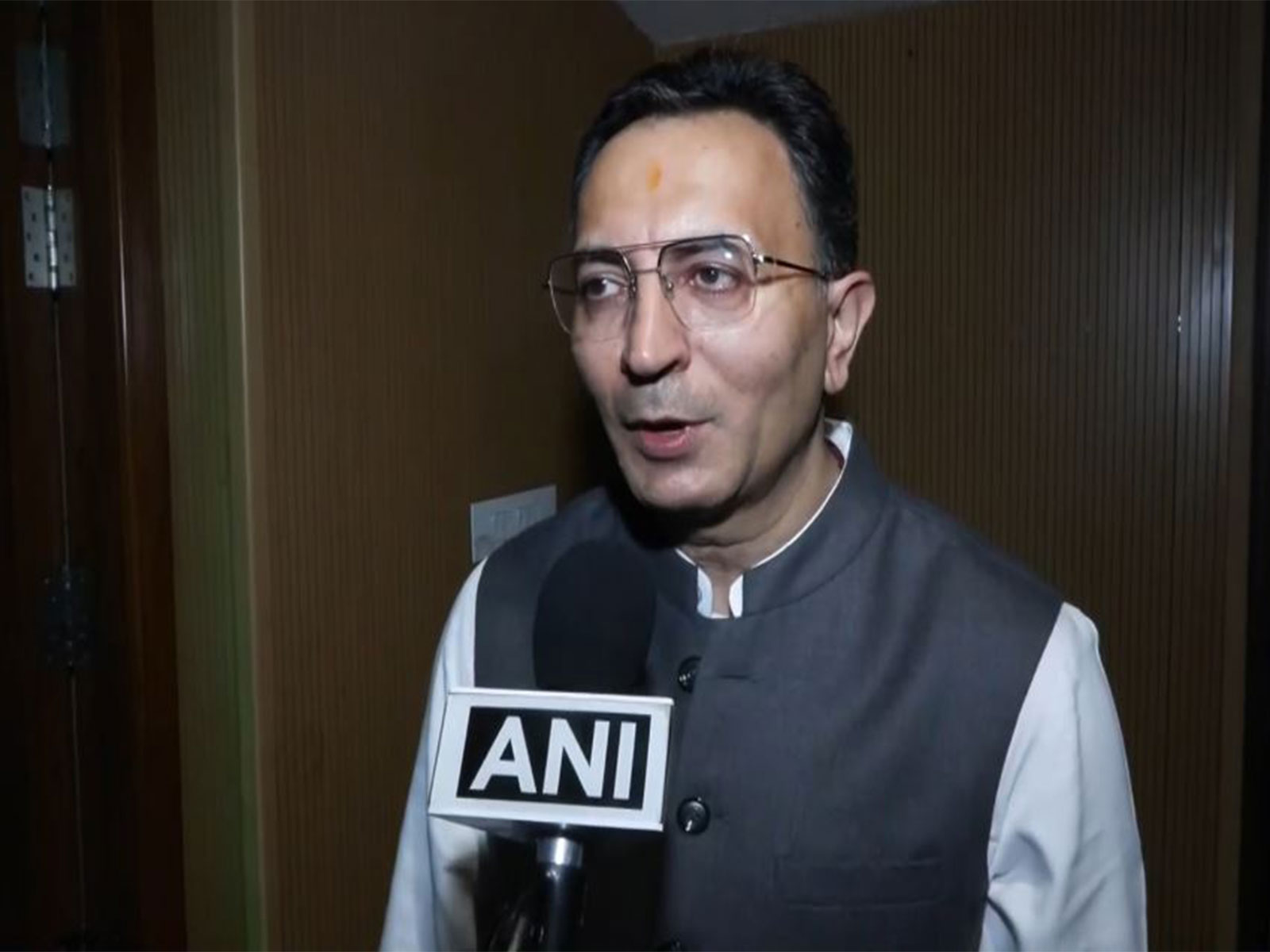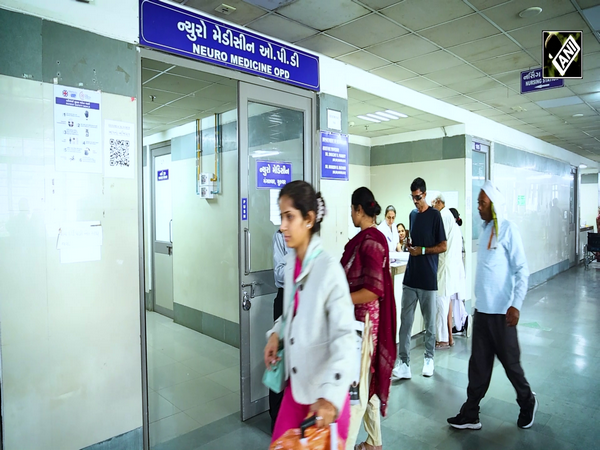Moody's downgrades India's ratings to Baa3, maintains negative outlook
Jun 02, 2020

New York, June 2 : Moody's Investors Service has downgraded India's foreign-currency and local-currency long-term issuer ratings to Baa3 from Baa2 and local-currency senior unsecured rating to Baa3 from Baa2.
It also downgraded the country's short-term local currency rating to P-3 from P-2. The outlook remains negative.
The decision to downgrade India's ratings reflects Moody's view that the country's policymaking institutions will be challenged in enacting and implementing policies which effectively mitigate the risks of a sustained period of relatively low growth, significant further deterioration in the general government fiscal position and stress in the financial sector.
"The negative outlook reflects dominant, mutually-reinforcing, downside risks from deeper stresses in the economy and financial system that could lead to a more severe and prolonged erosion in fiscal strength than Moody's currently projects."
Moody's also lowered India's long-term foreign-currency bond and bank deposit ceilings to Baa2 and Baa3 from Baa1 and Baa2 respectively. The short-term foreign-currency bond ceiling remains unchanged at Prime2, and the short-term foreign-currency bank deposit ceiling was lowered to Prime-3 from Prime-2.
The long-term local currency bond and bank deposit ceilings were lowered to A2 from A1.
"India faces a prolonged period of slower growth relative to the country's potential, rising debt, further weakening of debt affordability and persistent stress in parts of the financial system, all of which the country's policymaking institutions will be challenged to mitigate and contain," said Moody's.
Moody's upgrade of India's ratings to Baa2 in November 2017 was based on the expectation that effective implementation of key reforms would strengthen the sovereign's credit profile through a gradual but persistent improvement in economic, institutional and fiscal strength.
Since then, it said, implementation of these reforms has been relatively weak and has not resulted in material credit improvements, indicating limited policy effectiveness.
While the action is taken in the context of the coronavirus pandemic, it was not driven by the impact of the pandemic. Rather, the pandemic amplifies vulnerabilities in India's credit profile that were present and building prior to the shock, and which motivated the assignment of a negative outlook last year.
Slow reform momentum and constrained policy effectiveness have contributed to a prolonged period of slow growth, compared to India's potential, that started before the pandemic and that Moody's expects will continue well beyond it.
Real GDP growth has declined from a high of 8.3 per cent in fiscal 2016 (ending March 2017) to 4.2 per cent in fiscal 2019.
Moody's expects India's real GDP to contract by 4 per cent in fiscal 2020 due to the shock from the coronavirus pandemic and related lockdown measures, followed by 8.7 per cent growth in fiscal 2021 and closer to 6 per cent thereafter.
Thereafter and over the longer term, growth rates are likely to be materially lower than in the past, due to persistent weak private sector investment, tepid job creation and an impaired financial system.
In turn, a prolonged period of slower growth may dampen the pace of improvements in living standards that would help support sustained higher investment growth and consumption.
While the government responded to the growth slowdown prior to the coronavirus outbreak with a series of measures aimed at stimulating domestic demand and recently announced a support package aimed at supporting India's most vulnerable households and small businesses, Moody's does not expect that these measures will durably restore real GDP growth to rates around 8 per cent which had seemed within reach just a few years ago.
Moreover, persistent stress among banks and non-bank financial institutions (NBFIs) weighs on growth dynamics through a constrained supply of credit for consumption and investment. Moody's does not expect the credit crunch in India's undercapitalized financial sector to be resolved quickly.
In turn, subdued growth further challenges the banking system's incomplete resolution of legacy non-performing assets and governance reforms, and is likely to further weaken asset quality and the health of banks and NBFIs.















